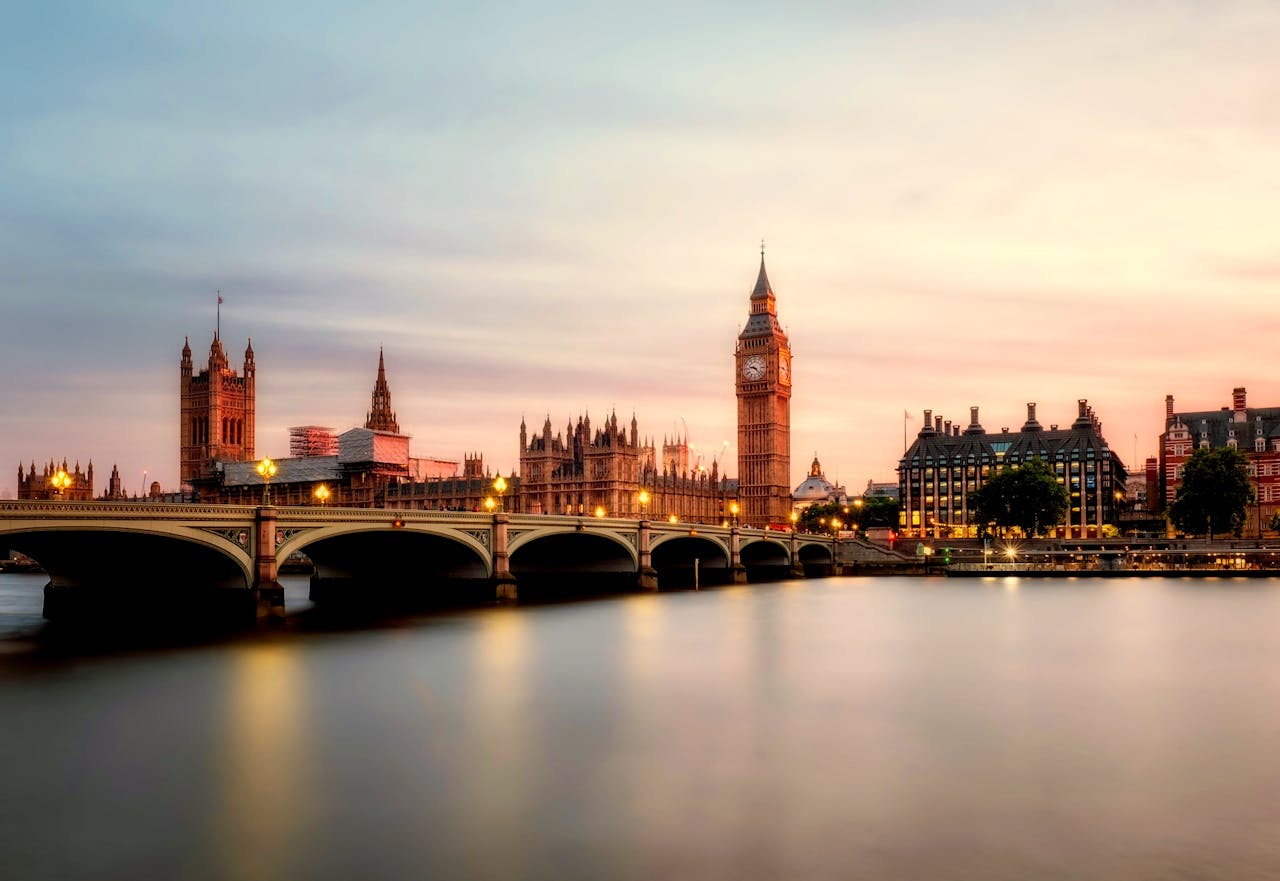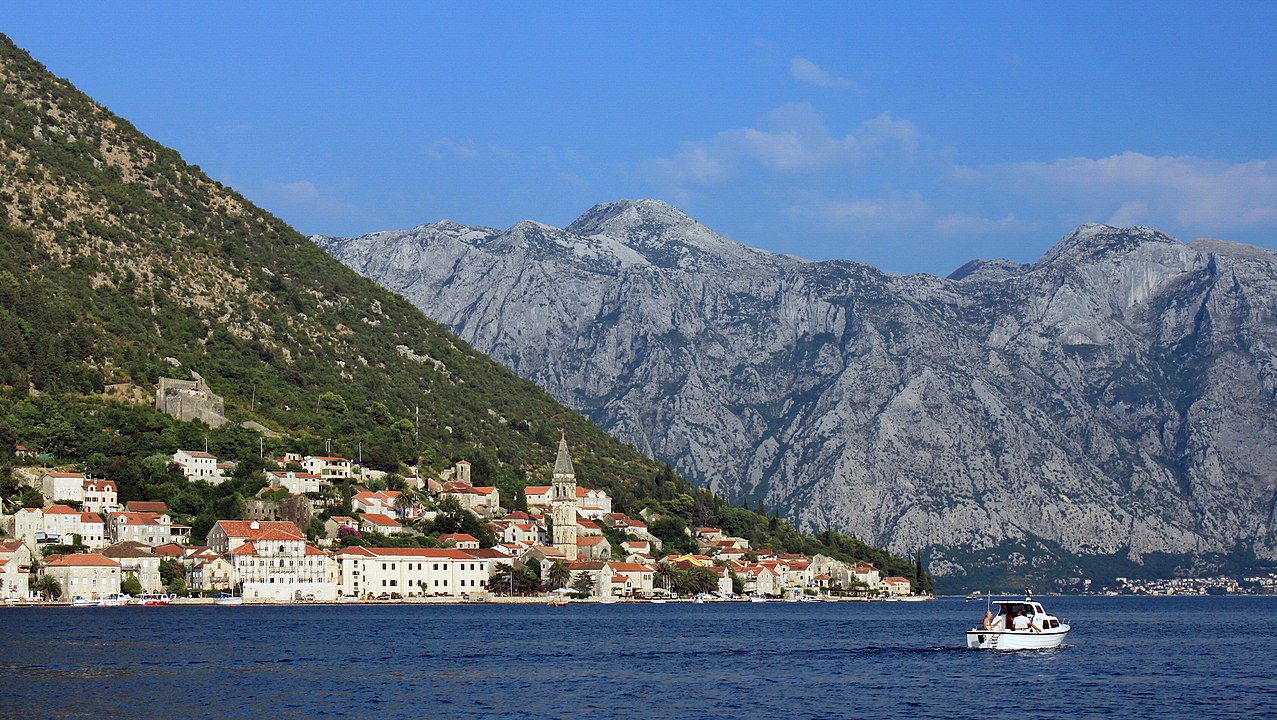Travel demand never moves in a straight line. Exchange rates, airfare spikes, climate worries, and headline fatigue push travelers to rethink plans, shorten stays, or skip shoulder seasons. Several heavyweights now show nine months of weaker growth and tighter spending from core long-haul markets. The story isn’t collapse, but cooling momentum that favors drive trips, free attractions, and clear value. Places that simplify booking rules, highlight calmer months, and price transparently will steady first, then rebuild.
Spain
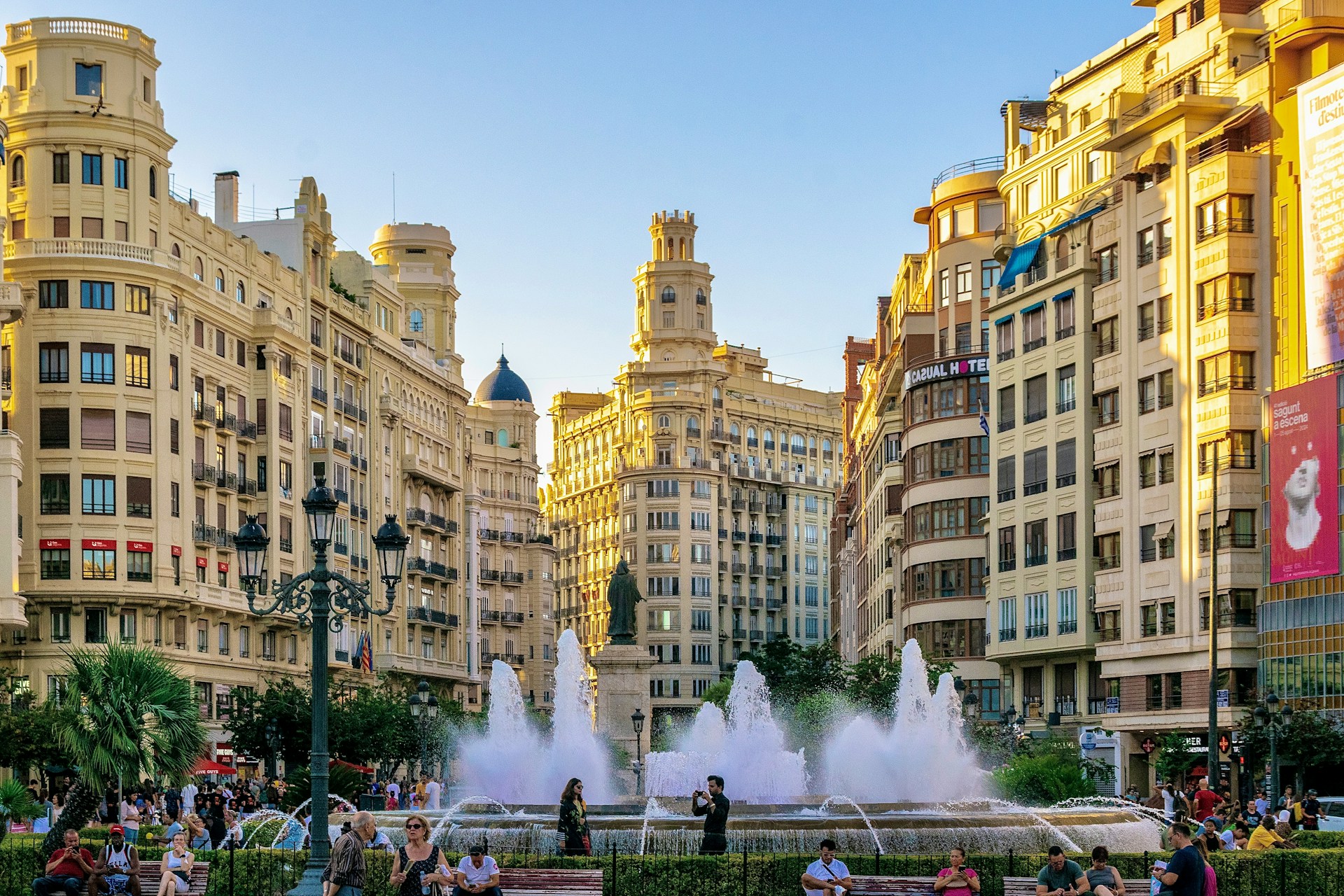
Spain trimmed its 2025 forecast from 3.3% to 2.8% as spend from Germany, France, and the United States softened. Heat waves, pricier flights, and crowded hotspots nudged visitors toward cooler coasts and shorter shoulder-season breaks. Cities saw midweek dips, while inland heritage routes relied more on domestic guests. Tourism boards now pitch rail passes, shade-smart hours, and dining deals, trading volume for satisfaction and spreading traffic from marquee plazas to quieter neighborhoods that welcome it.
United States
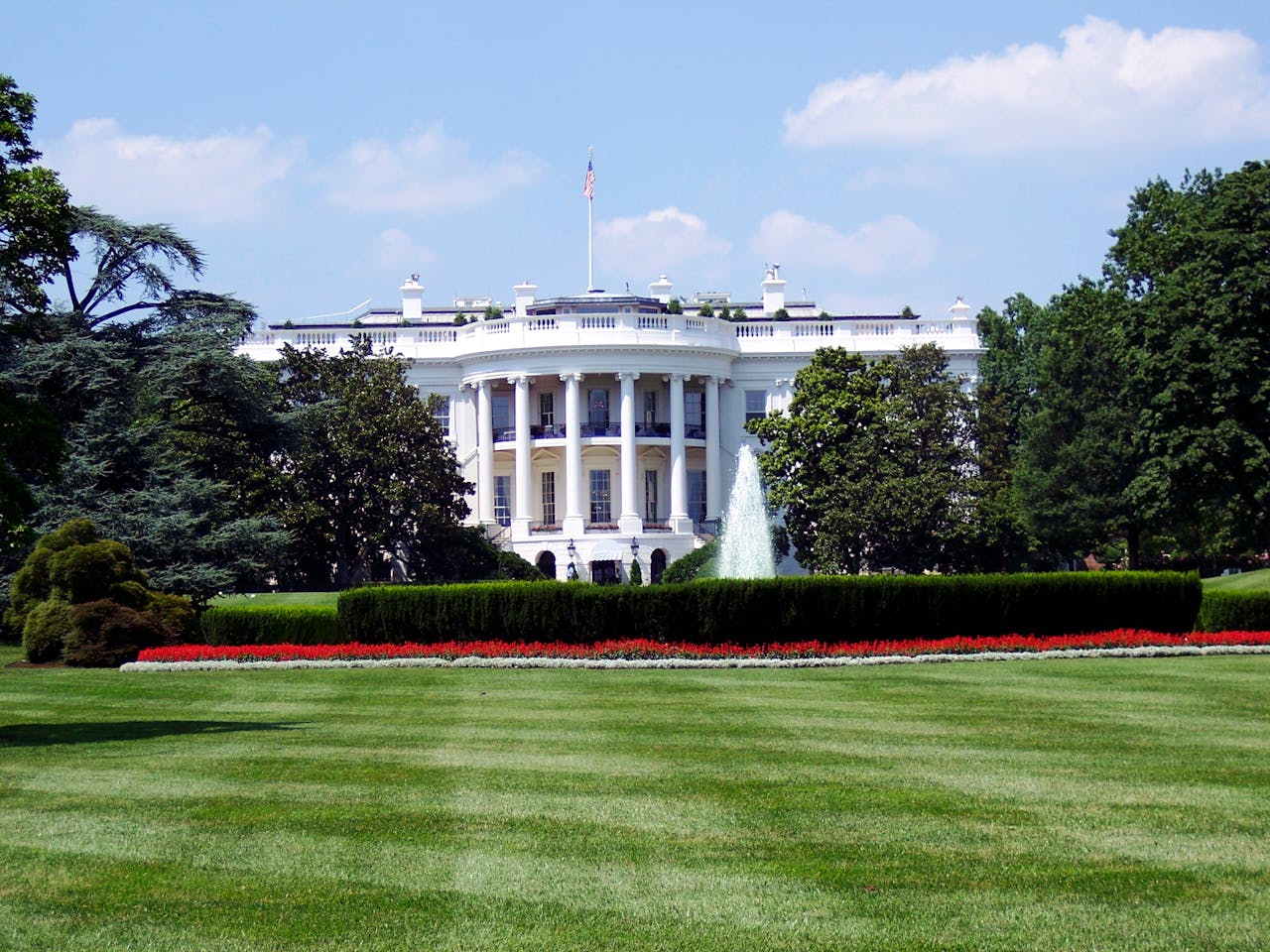
Nine months of slower growth reflect a stronger dollar, lingering visa backlogs in a few consulates, and airfare that punishes spontaneous long-haul trips. National parks and drive markets held up, but gateway cities reported thinner midweek corporate demand and shorter leisure stays. Operators stitched value with museum bundles and transit cards, while small towns leaned into festivals to fill gaps. The recovery is patchwork, favoring flexible pricing, last-minute deals, and routes that keep car miles modest.
Canada
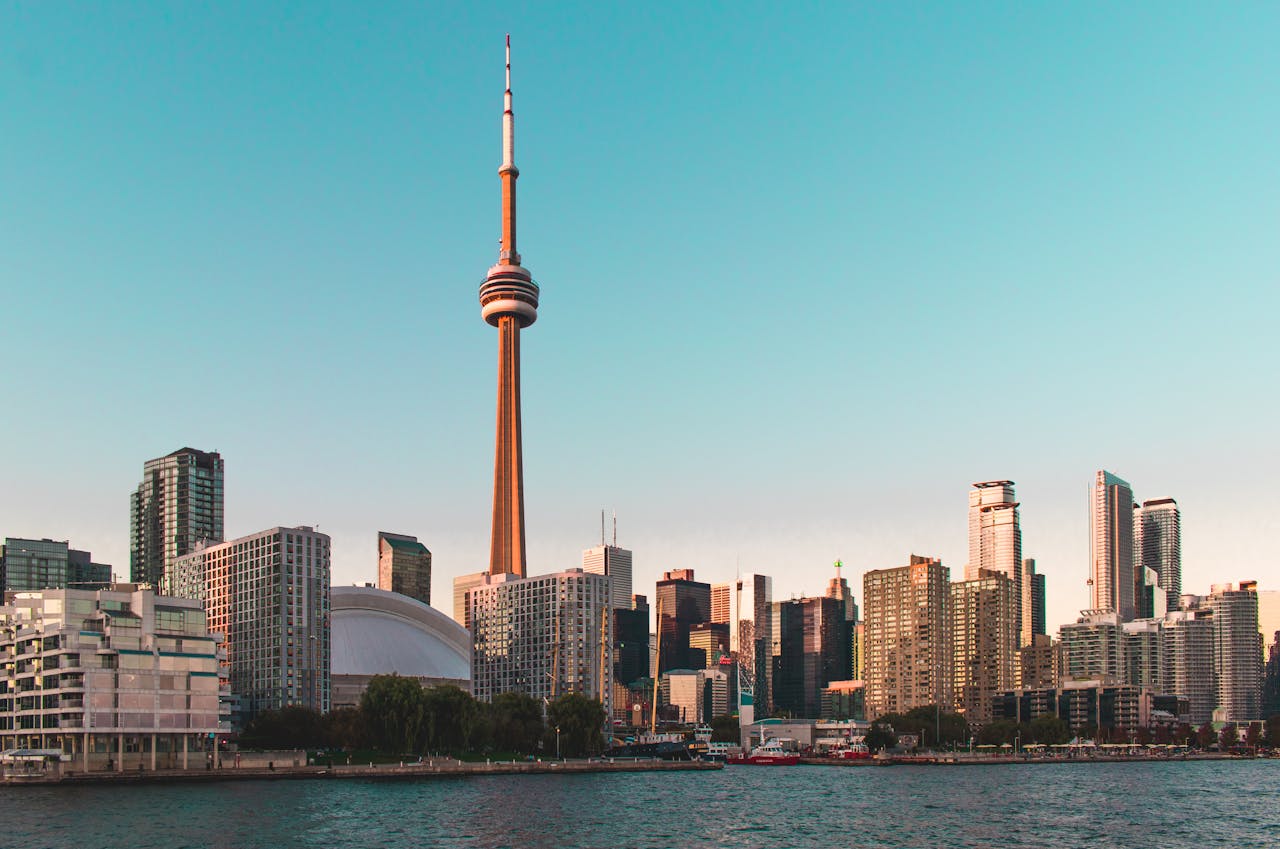
After a busy rebound, Canada’s pace cooled as airfare and rental costs trimmed casual trips, and summer wildfire seasons trained travelers to hedge dates. Urban hotels felt the slack first, chasing guests with bundled passes and dining credits. Scenic icons still draw, yet itineraries shrink to one anchor city plus a day-trip loop. The destinations that win frame rail and ferry options, market spring and fall windows, and keep cancellation terms simple enough to reduce planning friction.
Brazil

Brazil logged weaker inbound growth despite landmark events, with currency swings and long flight times testing budgets from North America and Europe. Coastal hubs kept weekends lively, but inland circuits saw more cancellations and shorter stays. Clearer refund policies, tighter tour pacing, and pairing one high-impact nature stop with a city stay helped stabilize bookings. The message is focus and predictability, not maximalist itineraries, so travelers feel their reais and hours stretch further without guesswork.
Germany
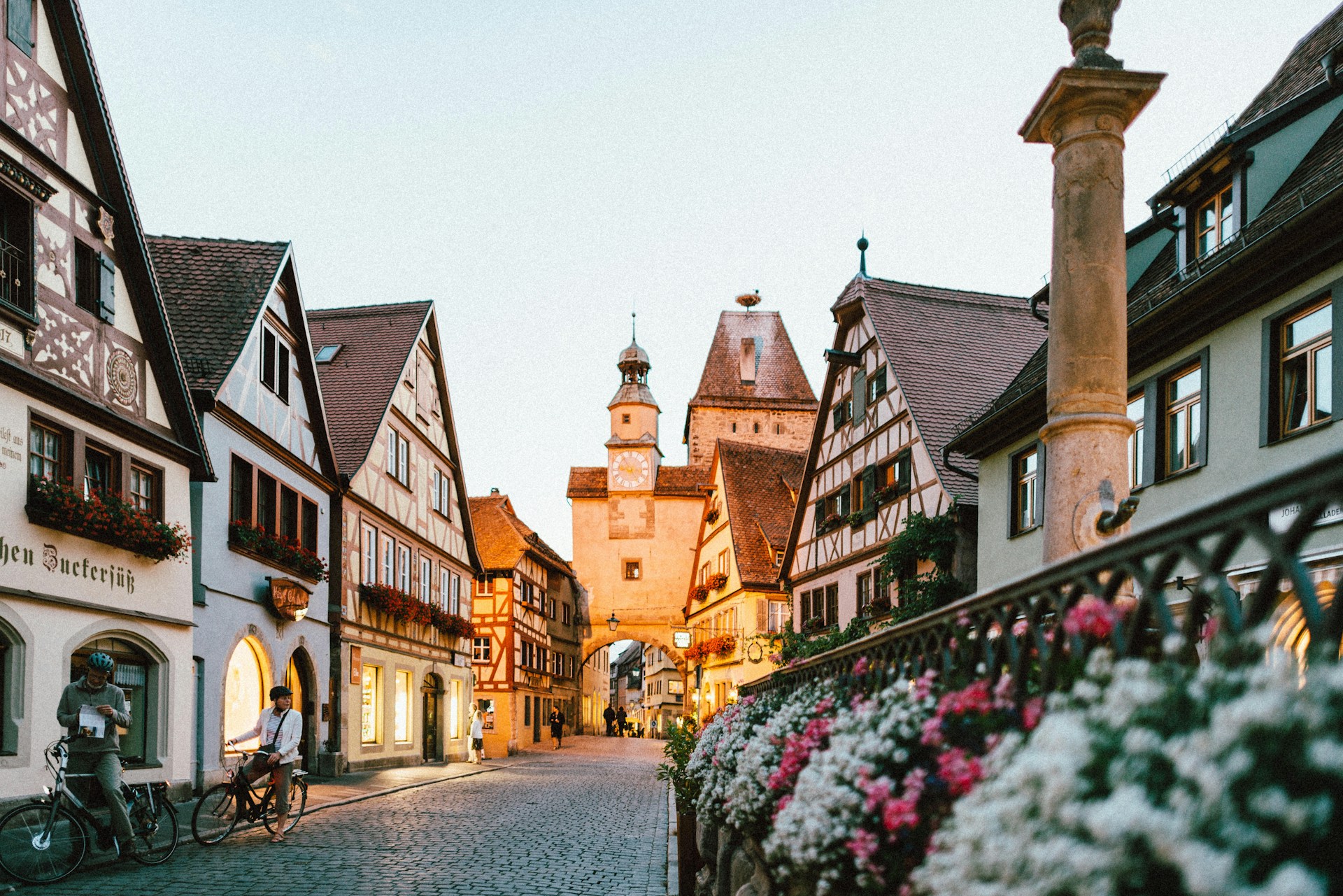
Germany’s tourism eased as households prioritized essentials over impulsive city breaks, and trade-show travel stayed selective. Rail strikes and airport bottlenecks hurt confidence, pushing visitors to commit late or choose domestic alternatives. Smaller wine regions and spa towns fared better, buoyed by loyal local markets. To counter softness, cities now lead with transit simplicity, museum nights, and neighborhood food halls, turning value into a story. Longer itineraries give way to two-stop trips that feel manageable.
United Kingdom
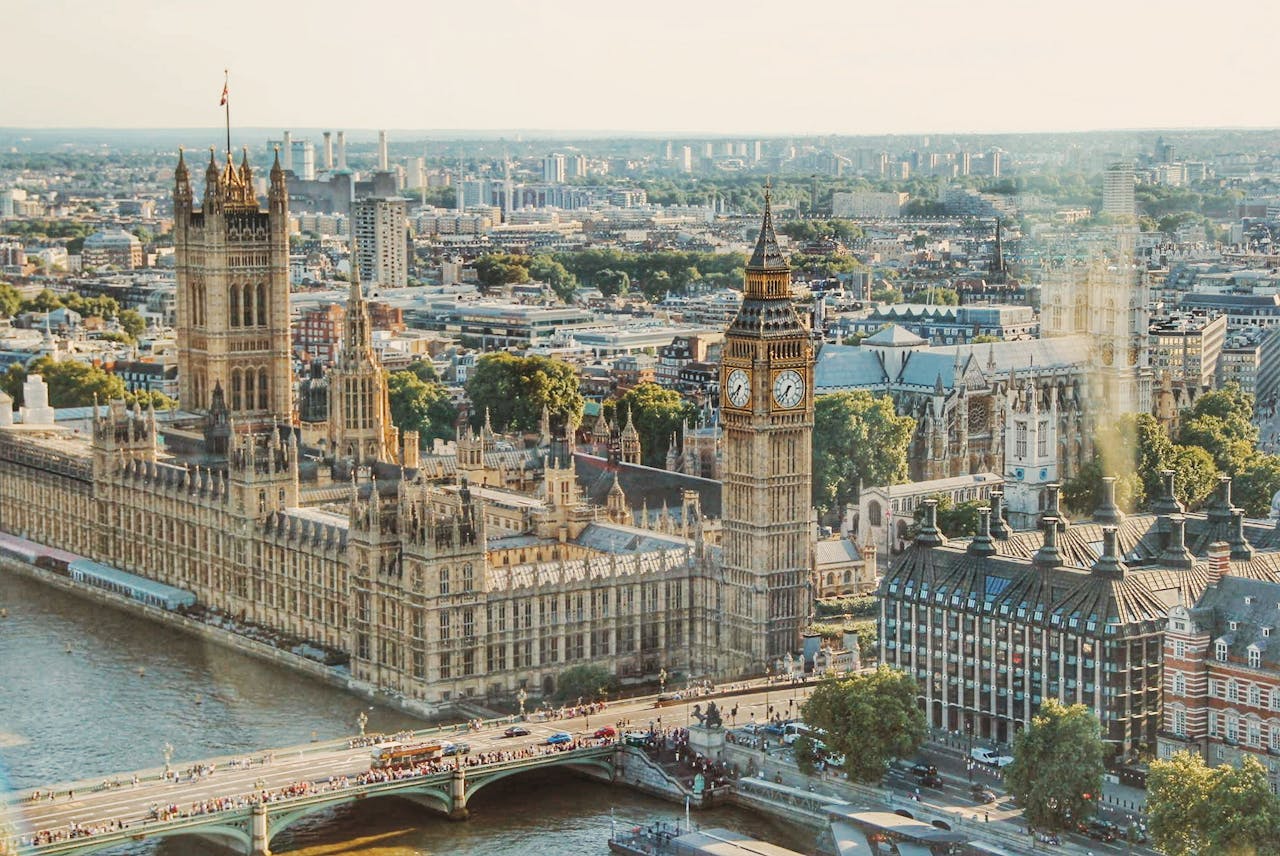
The pound’s strength and high transatlantic fares kept growth in check, shaving nights off London stays and cooling countryside detours. Free museums softened the blow, yet midscale hotels squeezed margins between wage inflation and discount pressure. Regional cities leaned on sports weekends and festivals to balance midweek. Rail-first itineraries, dining pre-fixes, and time-entry passes now anchor offers. The path back runs through clarity on costs, crowd-aware timing, and reasons to linger beyond the postcard.
Italy
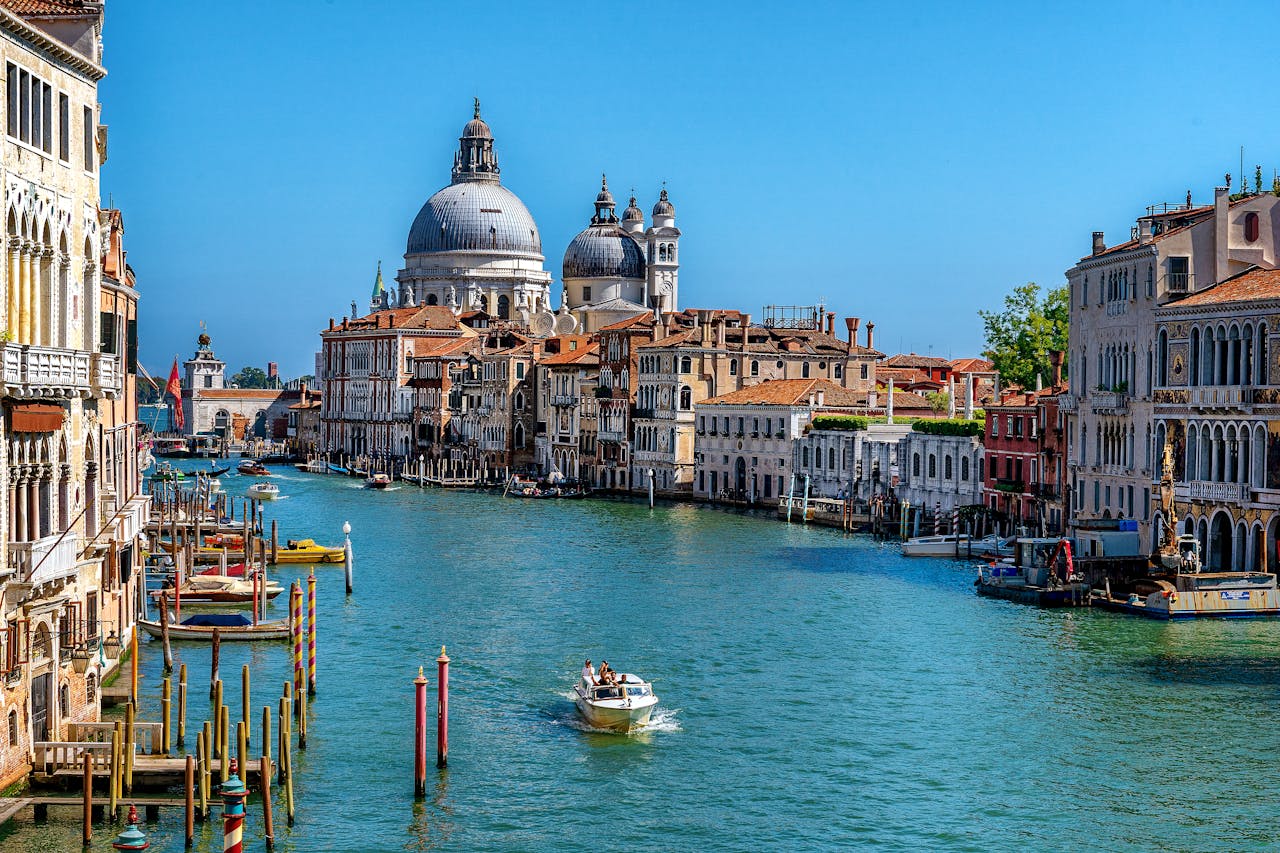
Italy remains beloved, but growth cooled as extreme heat headlines, congestion rules, and lodging costs pushed travelers to shorten plans. Americans and Germans favored two bases instead of the classic three-city sprint, while alpine lakes and smaller art towns proved steadier than marquee centers. Timed entries and rail-friendly routes now frame the pitch, with trattorie offering simpler, value-anchored menus. The country isn’t losing hearts, just stretching visits across months and maps that breathe.
France

France hit a soft patch as long-haul spend tightened and big events shuffled calendars. Icons still draw lines, but visitors shaved a night from Paris to fund regional detours, or delayed shoulder-season trips entirely. Hotel data shows shorter stays and thriftier tabs. In response, destinations package TER rail deals, free-entry days, and countryside pairings that stretch euros without feeling austere. Confidence returns when the plan is clear, the queues are fair, and value shows up quickly.
